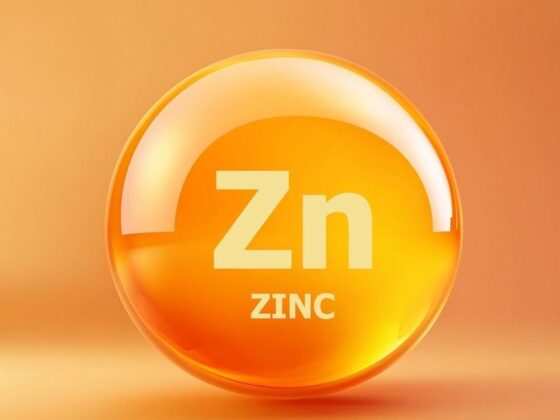Key Points
- A new proposal would send $600 tariff rebate checks to Americans using revenue collected under Trump-era trade policies.
- The rebates would apply to individuals making under $75,000 and families earning up to $150,000, phasing out above those thresholds.
- Critics warn the plan could increase inflation and does not address the broader federal deficit.
Americans have seen plenty of headlines about tariffs in the last few months. Now, those same tariffs might fund something new: rebate checks.
Senator Josh Hawley has introduced the “American Worker Rebate Act of 2025” (PDF File) which proposes using revenue from tariffs on imported goods to issue direct payments to qualifying taxpayers. The legislation, reportedly backed by former President Donald Trump, marks a departure from traditional stimulus efforts, promising cash without adding to the federal debt, at least on paper.
So, what exactly is being proposed, who qualifies, and how likely is this to happen?
Would you like to save this?
How Tariff Rebate Checks Would Work
The bill proposes issuing refundable tax credits of at least $600 to eligible Americans. The payments would come from revenue raised through tariffs imposed after January 20, 2025.
According to the bill text (PDF File), if total tariff revenues exceed projections, the rebate amount could increase. Payments would be disbursed starting in 2026, based on 2025 tax returns.
Eligibility would be based on income and filing status:
- Individuals earning less than $75,000
- Heads of household earning less than $112,500
- Married couples earning less than $150,000
The rebate would be reduced by 5% of income over these thresholds. Dependents also count: a family of four could receive a minimum of $2,400.
Excluded groups include nonresident aliens, dependents claimed by another taxpayer, and trusts or estates.
Pros And Cons
Supporters frame the policy as a way to return tariff revenue directly to working families, rather than funneling it through government programs. In a press release, Hawley stated the goal is to let “hard-working Americans benefit from the wealth collected by Trump’s tariffs.”
President Trump has also suggested that “a little rebate” might be appropriate now that tariff revenue has soared. In June 2025 alone, the Treasury Department reported (PDF File) about $27 billion in tariff revenue.
But critics argue the proposal doesn't fully account for the broader economic picture. The federal deficit is projected to reach $1.4 trillion this year, and previous tax-and-spend policies (including Trump's recently signed “One Big Beautiful Bill”) are expected to increase the national debt by $3.4 trillion over the next decade.
There’s also concern that the rebates could contribute to inflation. Past stimulus checks during the Covid-19 era, totaling $814 billion, were found by the Federal Reserve Bank of St. Louis to have driven about a third of the inflation rate in 2022. That while inflation has slowed, the Federal Reserve is still worried about it.
Can This Actually Pass?
For now, the American Worker Rebate Act is only a proposal. It would need to pass both the House and Senate and be signed by the president. While it appears to have support from Trump-aligned Republicans, it’s unclear whether it can draw bipartisan support, especially with inflation and deficits still top of mind.
Some past rebate ideas have failed to gain traction, including the “DOGE Dividends” that Tesla CEO Elon Musk once floated while briefly leading the Department of Government Efficiency. That idea faded amid questions about the actual savings and Musk’s later departure from the post.
Still, with public frustration over rising prices, and billions flowing in from tariffs, the idea of giving taxpayers a stimulus check could prove politically attractive.
Don't Miss These Other Stories:
Editor: Colin Graves
The post New Stimulus Checks? What To Know About The $600 Tariff Rebate Checks appeared first on The College Investor.













